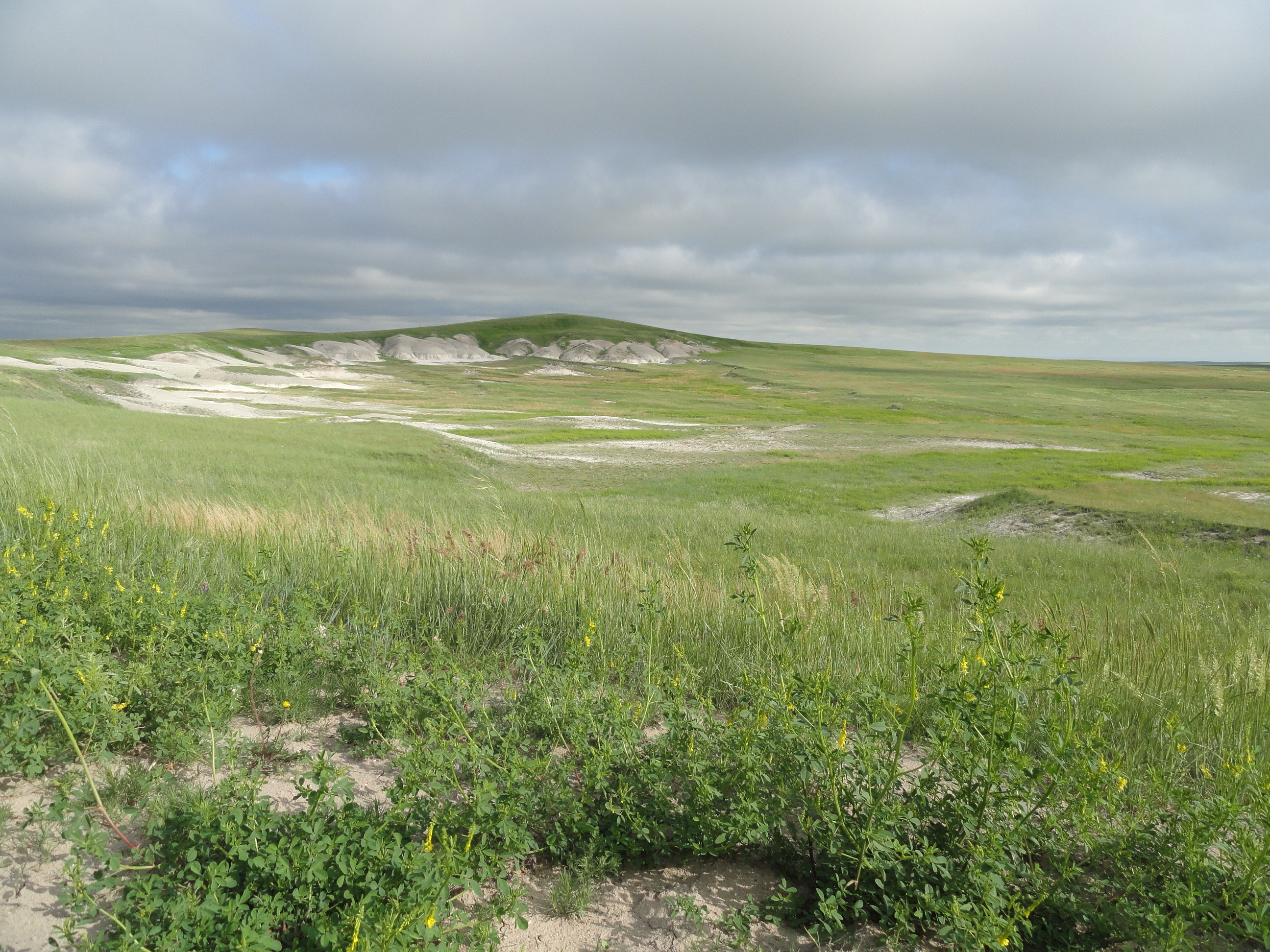
Yes, you’ve read this before, but maybe I’m going to make this an annual post on this holiday . . . because it’s still true.
Happy 4th of July from the Great Plains Trail! On this most American of holidays, it’s time to recognize (and brag just a bit) that the most American of landscapes is indeed the Great Plains. I will expand on this idea briefly so you can get back to grillin’ and chillin’ in your neighbor’s backyard.
In the varied and intricate history of the country we call America, with its many cultural influences and stories, it can be argued that the dominant cultural thread is a European one. From the time of Columbus onward, the creation of what was to become America was, by and large, a grand European project. Yes, I know, there are countless other influences, and yes, I know, we signed the Declaration of Independence and then overthrew our European oppressors in the Revolutionary War, but that was hardly the end of European influence.

One of the reasons why Europeans took to the place so readily was that it reminded them of Europe. The coasts, the forests, the mountains, the lakes – they all reminded Europeans of some place they had left behind in “the old country.” All of them except the Great Plains – there is simply no equivalent landscape in Europe to compare with the Great Plains. Europe has mountains, hills, valleys, coasts, forests, and even deserts, but there are no major grasslands in Europe. It is most likely this fact that leaves the Great Plains relatively empty even today despite a nation of over 300,000,000 people. The Europeans that “settled” the nation stuck to what they knew, and they knew nothing of the grasslands, and so they were generally avoided, or passed through as quickly as possible. They remain, if not unspoiled, at least unpopulated today.

The Great Plains, as the only truly American landscape, gave rise to such true American icons as “the cowboy,” “the buffalo,” “the teepee,” “the covered wagon,” and “the ranch.” The Great Plains also created the unique American value of self reliance and independence. These things were not seen as virtues until Americans ventured beyond the well watered landscapes of the east.
So there you have it, and you are welcome to disagree, but I declare that as far as landscapes are concerned, the most American is the vast open country of the Great Plains! Not only is it the largest single landscape we have (covering at least 1/4 of the country, depending on how you define it), but it also gave rise to who we are, and how we define ourselves as a people and a nation.
Happy Independence Day!


7 Responses
What about the European Steppes? I don’t mean to be confrontational, but the primacy of Appalachia must be defended and sustained.
Aren’t the Steppes in Asia, depending on where you draw the Euro/Asia border? And OK, I’ll give Appalachia some props: It was the original wilderness barrier for European westward expansion, and therefore helped develop the pioneer spirit. For images you have the log cabin (but aren’t log structures all over Europe?) I don’t know. That’s all I’ve got. Let’s not call it confrontation, let’s call it competition. By all means, make your case. Maybe others will get involved with their places and ideas. Bring it!
I like (and mostly agree with) your premise here that the Great Plains define us as Americans. However, your statement that Europe does not have plains or prairies is not quite true. There are the wheat fields in the heart of France, the bread-basket fields in the Ukraine and Russia, and the windy lowlands of northern Germany and Holland. The very successful farming of the Great Plains from Oklahoma to N. Dakota was due to German-Russian immigrants such as my husband’s grandparents in S. Dakota and Oklahoma. The Great Plains are not populated but are very developed grasslands where people must “go with the flow” and the whims of this arid climate. Thus, ranching, grain farming, petroleum, wind and solar energy, and sheer beauty of space are the gifts of the Great Plains to our nation and national identity. Thanks for your prompting me to think about this on July 4th!
Good points Connie. Thanks for adding your thoughts! The only thing I would say about the European landscapes you mention is that they are relatively small compared to the Great Plains. Grasses are adaptable and exist everywhere, even the ocean and Antarctica, but major, continent sized grasslands are pretty rare.
I agree with JunkChuck. The steppes extend into Europe, almost to the Baltic, and they are big.
Fair enough. I stand (or sit) corrected . . . and thanks for the input!
I also sit corrected. They extend to the Black Sea and not the Baltic as I stated.